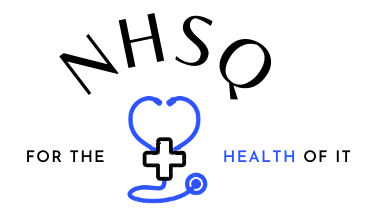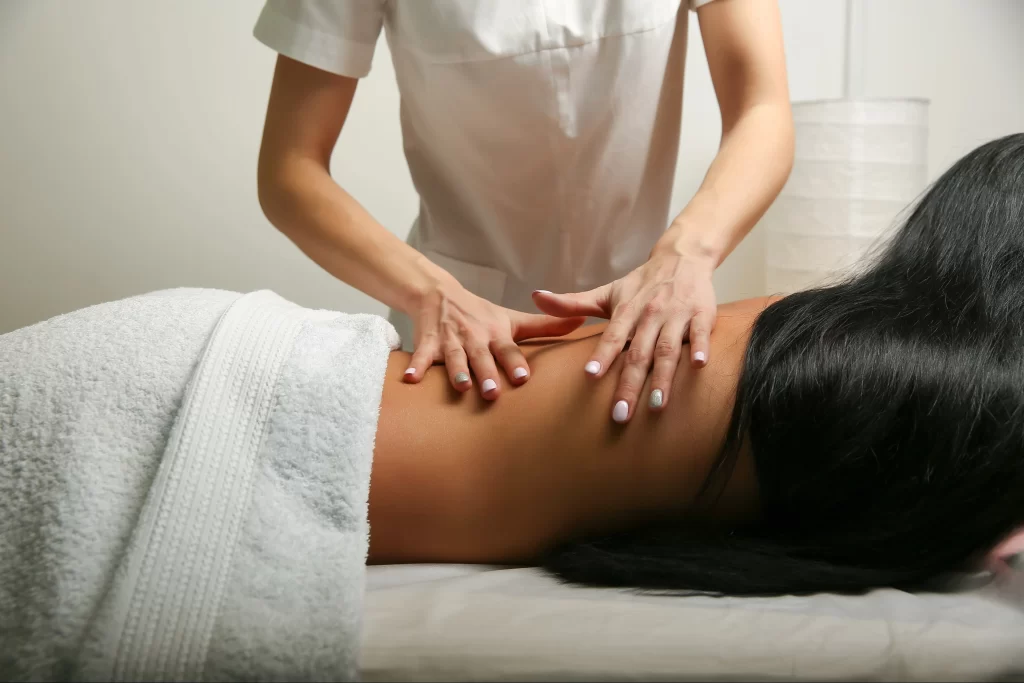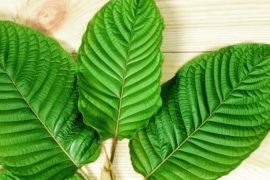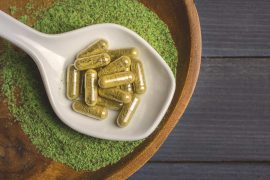Asian massage techniques have been used for thousands of years, with many different styles emerging from the various countries in Asia. From Japanese Shiatsu to Swedish and Thai massage, each style has its own unique approaches and benefits. If you’re looking to learn about these techniques or want to know more about them, then this guide is for you! We’ll provide a complete overview of Asian massage techniques, as well as helpful advice on how to find a qualified practitioner. Plus, be sure to check out the Rubmaps website for reviews and ratings of local services near you.
What Is Asian Massage?
Asian massage is an umbrella term covering various bodywork therapies originating in Asia. It dates back thousands of years and includes influences from Chinese medicine as well as traditional Japanese practices like shiatsu and acupressure. The main purpose of Asian massage is to promote balance within the body by stimulating energy pathways known as meridians. This can help improve circulation, reduce stress, relieve pain, relax muscles, and restore overall health and well-being.
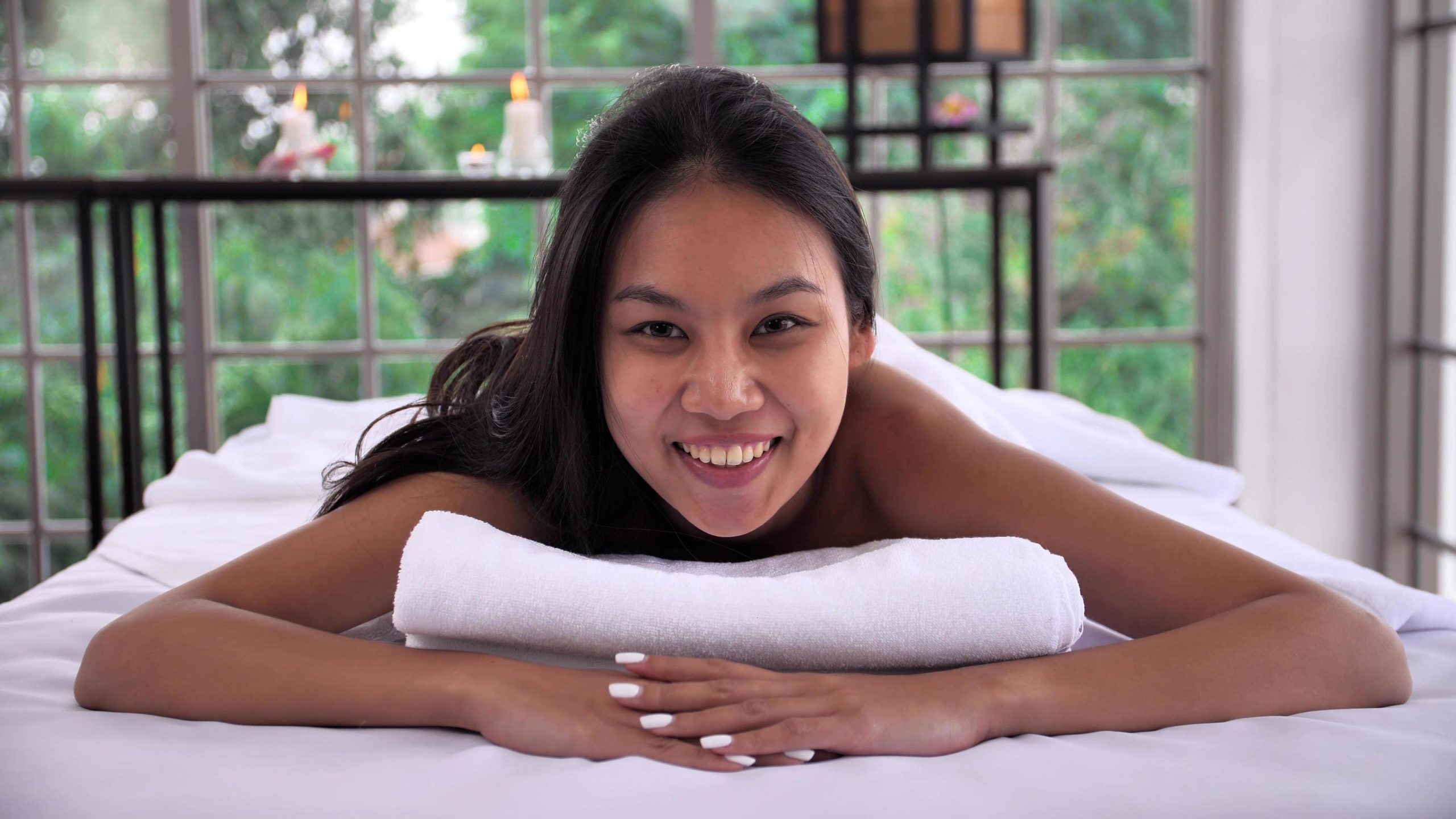
Types Of Asian Massages
There are several different types of Asian massages available depending on your needs. Here we take a look at some of the most popular ones:
• Swedish Massage:
This type combines long strokes with kneading motions over areas of tension in order to relax muscles and ease any aches or pains.
• Thai Massage:
Also known as “lazy man’s yoga” because it involves stretching and twisting poses while focusing on pressure points along energy lines in the body. It helps increase flexibility while calming both mind and body.
• Shiatsu Massage:
Originating in Japan, this technique uses finger pressure applied along certain points on the body to help stimulate healing energy flow throughout the entire system.
Benefits Of An Asian Massage
An Asian massage comes with a range of potential benefits, both physical and mental:
• Relaxation:
Many people find that their stress levels decrease significantly after having an Asian massage due to its calming effects on both mind and body. This can also help alleviate feelings of anxiety or depression caused by high-stress levels.
• Pain Relief:
If you suffer from chronic pain or muscle tension, then an Asian massage can be beneficial in easing these symptoms by improving circulation and promoting relaxation within your muscles, which will ultimately reduce discomfort associated with tightness or soreness in particular areas such as shoulders/neck/back etc…
• Improved Circulation:
Improved circulation is one of the key benefits offered by an Asian massage – regular sessions can help increase blood flow around your body, which brings vital nutrients needed for healing & repair processes throughout organs/muscles/joints etc…
Finding A Qualified Practitioner
When it comes to finding a qualified practitioner who offers quality services, there are several factors to consider before deciding who you want to perform your next session: experience level (how long have they been practising?), price (do they offer competitive rates?), location (is it easy to get to?) & customer feedback (what do other people say?) are all important considerations when choosing someone suitable for your needs, so make sure you take these steps before making any commitments! Additionally, where possible, try using websites such as Rubmaps where users rate their experiences with local practitioners, giving potential clients an honest opinion on the quality of service & value for money – this could save time & hassle trying out different therapists until you find one that meets your expectations!
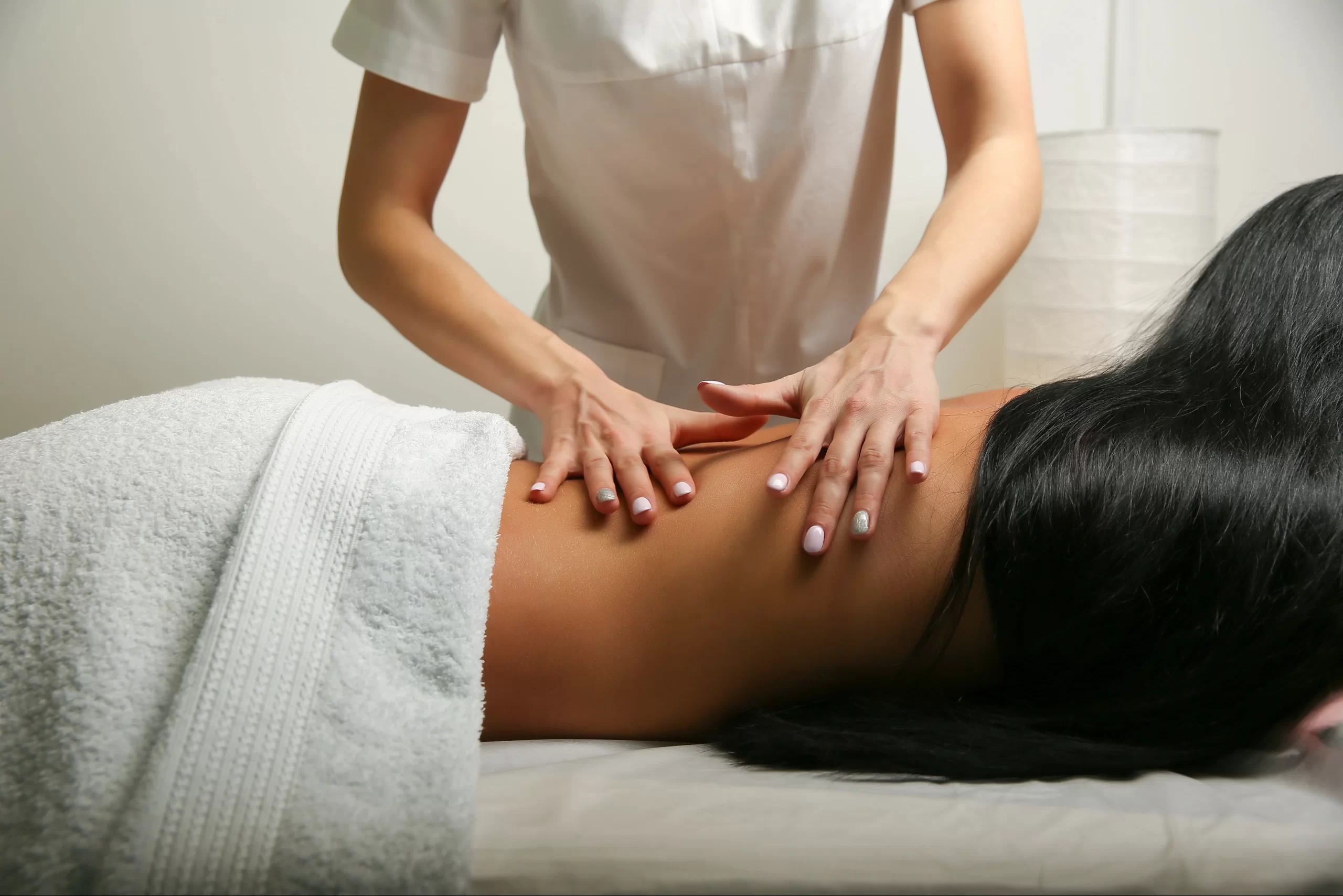
How do I prepare for an Asian massage?
Before embarking on any type of therapeutic journey, it’s important to prepare properly beforehand – setting aside sufficient time & ensuring the environment is conducive to relaxation are key elements here, so don’t rush things! Make sure you are adequately hydrated beforehand too, as dehydration can lead to unwanted side effects during the treatment due to reduced lubrication between the skin surface being worked on; wearing loose clothing is also recommended to avoid feeling restricted during the session, allowing for greater freedom of movement, resulting in better results overall…
Conclusion
We hope this guide has provided some useful insights into what makes up an authentic Oriental therapeutic experience – from understanding the underlying philosophies right through to finding reliable practitioners nearby who offer the highest standards of related services at reasonable prices! By keeping the above tips close at hand, anyone should be able to enjoy a wonderfully relaxing escape without worrying too much about the impact on their budget!
